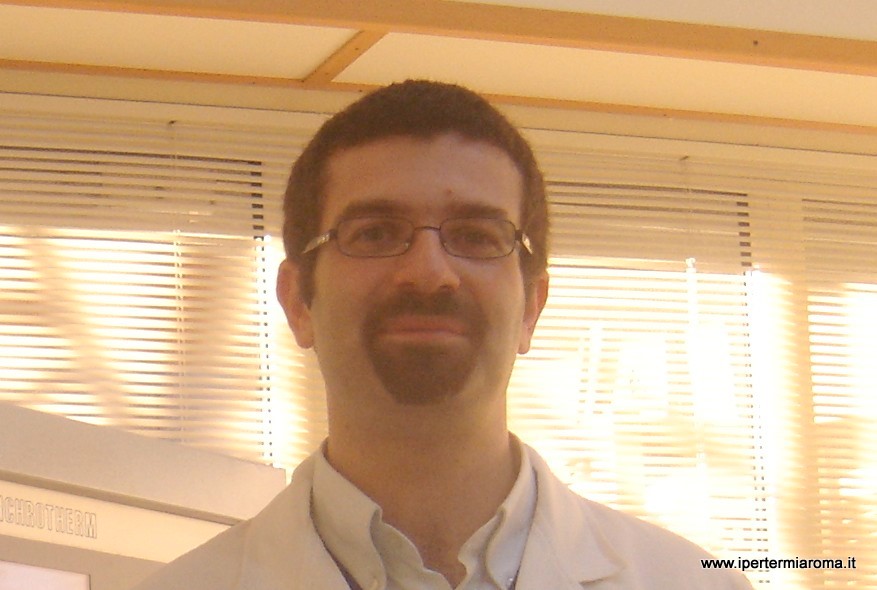Articles
Hyperthermia: my experience
 During my activities related to the practice of hyperthermia in cancer therapy I was able to assess and treat many different cases.
During my activities related to the practice of hyperthermia in cancer therapy I was able to assess and treat many different cases.
The common denominator in most cases is a disease which has reached a very advanced stage. Hyperthermia has almost become synonym with the word "desperate" because it is seen as a last resource and unfortunately, sometimes we come up against some really harrowing situations.
Nevertheless these are situations where we can still try to offer relief and a decent quality of life. The following, summarize the clinical conditions in words understandable to most people, so they can be used as a reference not only by medical personnel, but by the general public too.
The first case I am writing about, is that of a lady of 76, suffering from a metastatic tumor in the uterus. Treated with chemotherapy for 2 years, and having exhausted every other pharmacological option, she turned to me to be treated with hyperthermia.
For a year and a half she underwent periodical cycles of this treatment and now the disease is stable. Naturally, this is just one case, and cannot have absolute value, but it demonstrates the possibility to curb certain forms of disease with hyperthermia alone.
While the best treatment is undoubtedly the standard therapy (when possible), in another particularly significant case, about the occurrence of a small cell lung cancer in a patient 74 years old, after running two different chemotherapic treatments, a third one was attempted, with topotecan as a single agent, in combination with hyperthermia.
The result was a decrease in the tumor mass in the lungs by 80%. The patient is currently continuing with the protocol combination. And again: a female patient of 57 with cancer of the pancreas with peritoneal involvement.
A combined treatment with gemcitabine plus oxaliplatin and hyperthermia for almost a year and a half was performed and now the disease is stable.
These are just some cases that come to mind, but my experience of oncology-related hyperthermia also includes several very good results on the improvement, if nothing else, of the patient's life quality.
Let's not forget the rheumatological aspect, where hyperthermia can be applied, tailoring power and duration of exposure (which will be obviously different from those of the oncological therapy protocol) to the desired effect on diseases that respond well to treatment with hyperthermia.
It reminds me of three very difficult cases which were successfully treated with hyperthermia: a chronic groin, a heel, and a scapular-humeral periarthritis. There is much to be done to refine the methods and optimize their combinations, but I think we're on the right path.
Dr. Carlo Pastore

